For a lot of years us photographers have only been looking forward when it comes to cameras, always buying the new gear and getting rid of the old. But recently there have been a trend to look back, did the old sensor have something the new sensors don’t have? Especially the X-Trans 1 and X-Trans 2 sensor cameras have become very popular to re-buy. I also did the same and here are my analyses of the Fujifilm X-Trans sensors.
X-Trans 1
The first sensor that got Fujifilm X-mount camera started, a 16 megapixel sensor, an ok start but not perfect. Sensor was found in Fujifilm X-E1, X-M1, X-Pro1.
Pros:
- I like the golden colors it produces, good for autumn photos. Something X-Trans 3 or newer has lost.
- Has a bit of that filmic look, highlights and shadows just look different than newer sensors.
Cons:
- Dynamic range and iso noise is worse than newer sensor.
- The sensor was contrast focus only, meaning super slow auto focus.
- The colors can be good but they are almost too “vintage” for my taste.
- Images looks a bit unsharp.
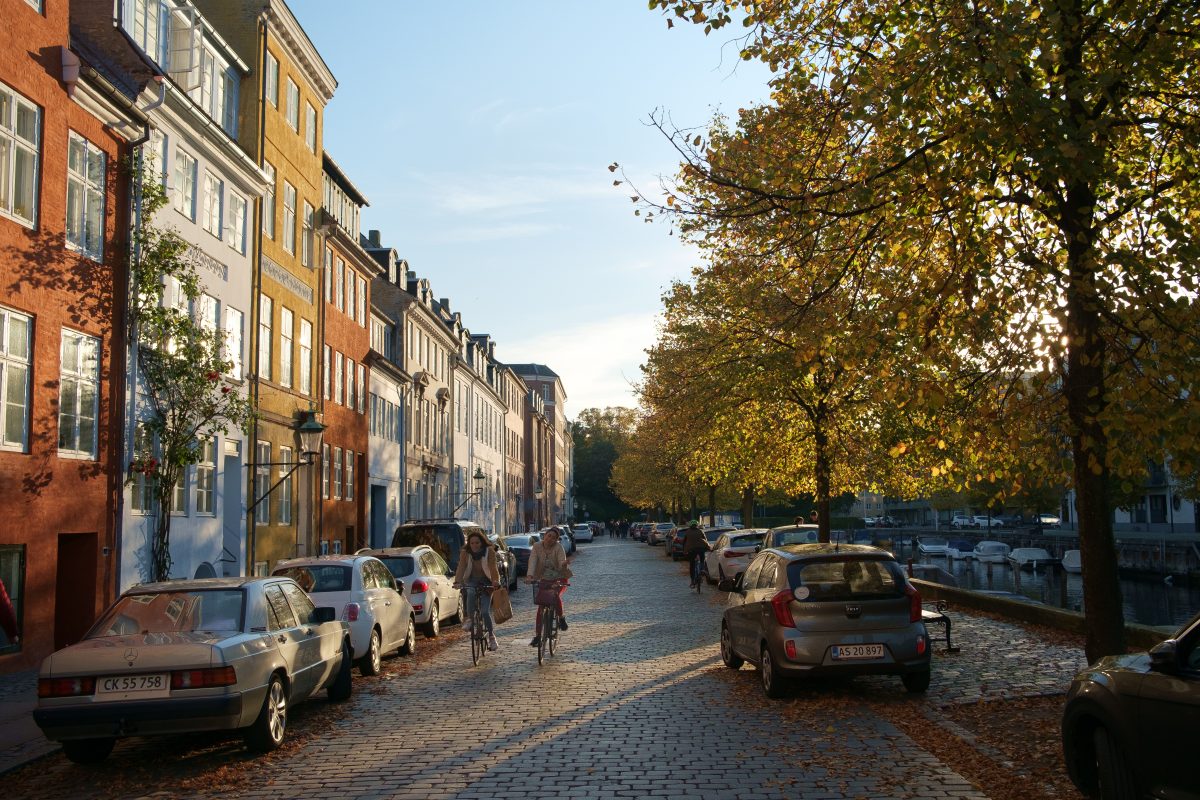
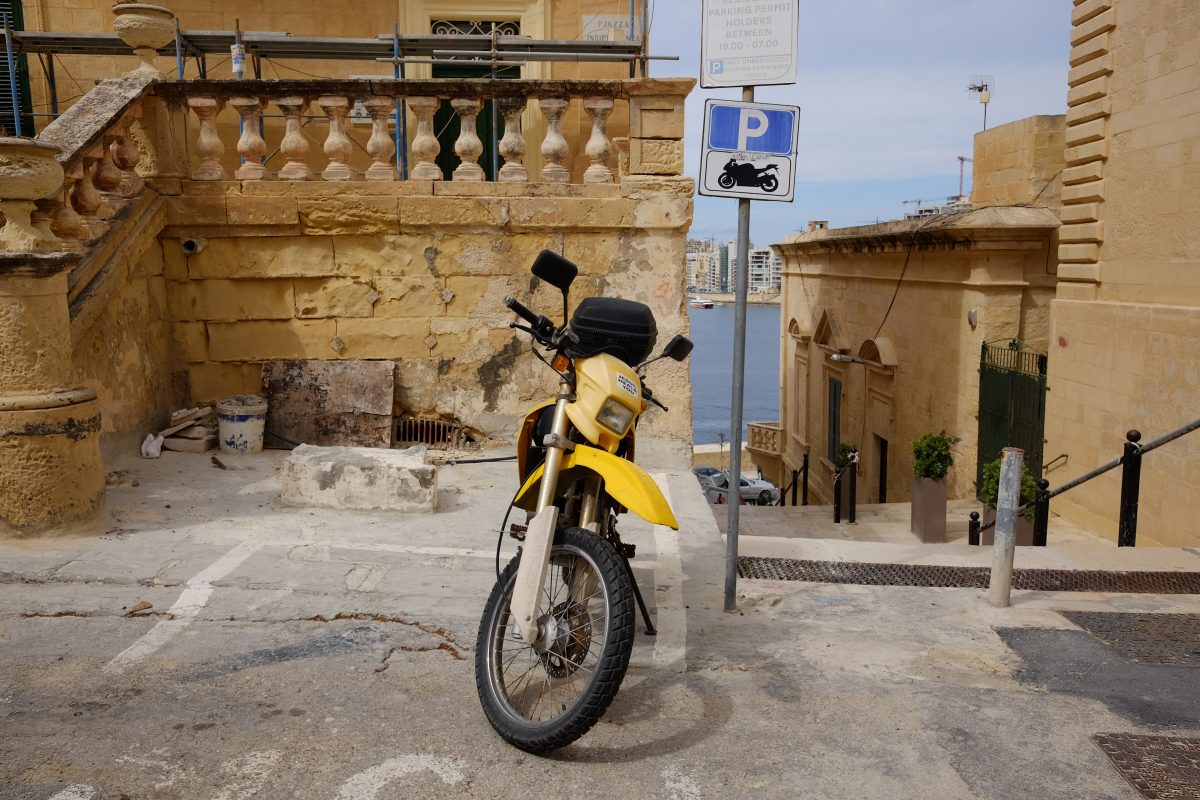
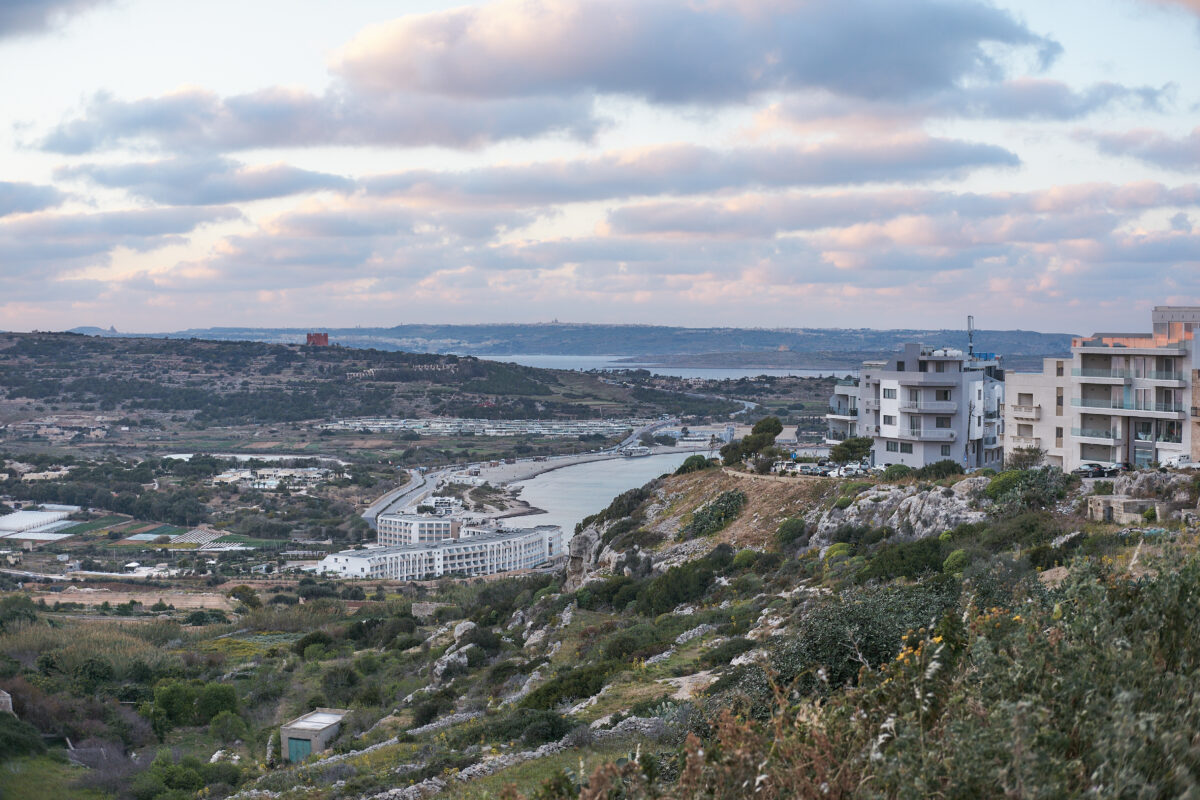
X-Trans 2
This is a great sensors, 16 megapixel, a sensor that got a lot of people hooked on Fujifilm. Sensor was found in Fujifilm X-T1, X-T10, X-E2, X100S, X100T, X70 etc.
Pros:
- Colors are absolutely great on this camera, probably my favorite. Yellow colors gives this golden look. Also blue colors.
- Dynamic range is actually pretty good for this old camera, close to to the newer cameras. Iso noise is also good, just use lower iso’s. Of cause for high iso’s this sensor is not as good as newer sensor, but that’s expected.
Cons:
- Auto focus is a lot better than X-Trans 1 because of the phase detection auto focus, but still not something you can use for fast moving subjects. You can use it to shoot photos of your friends and family but not for sports.
- For low light night photography this sensor is not the best. Not only the iso performance but also something with the colors. Prefer newer sensors for night photography.
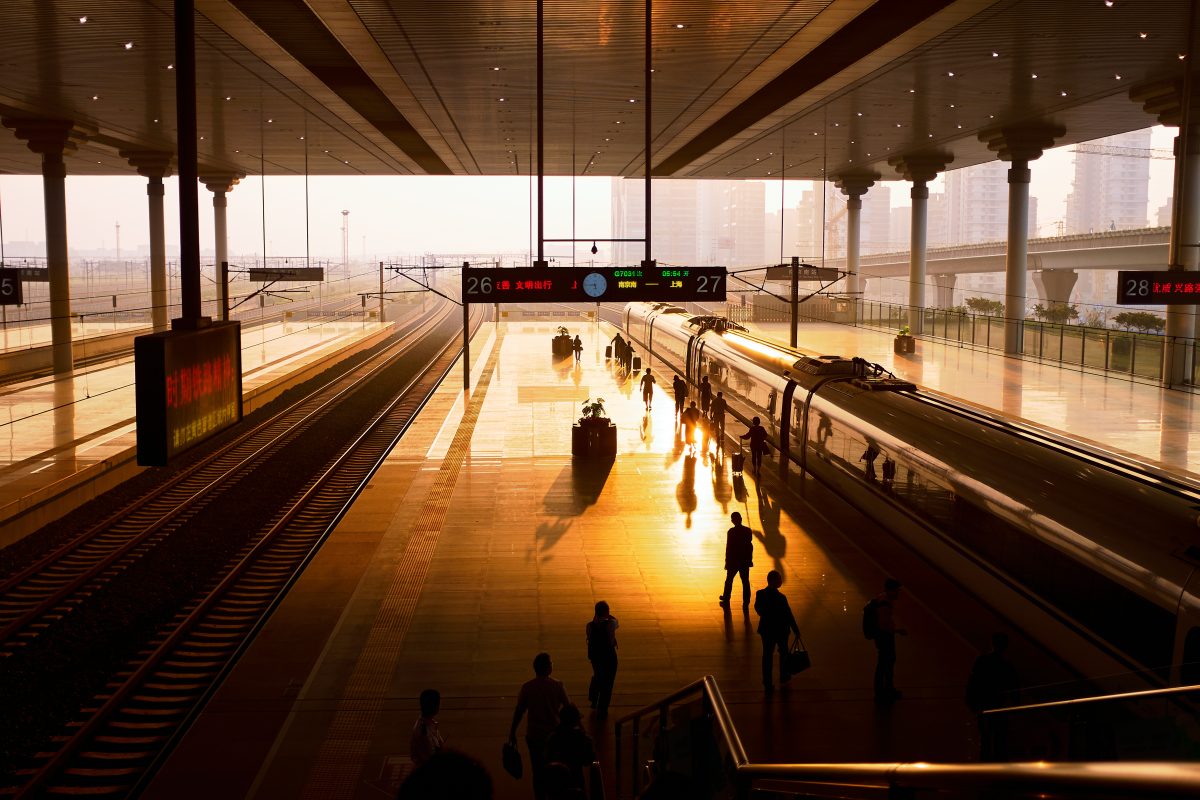

X-Trans 3
This sensor was the one that made Fujifilm useable for professional photographers, fast auto focus and good iso noise performance. Sensor was found in Fujifilm X-T2, X-T20, X-E3, X-Pro2, X100F, etc.
Pros:
- Good iso performance, some tests even show that the X-Trans 3 is better than X-Trans 4.
- Good auto focus, usable for fast moving subjects. The sensor also had phase detection, but the processor was faster and auto focus worked better.
- 24 megapixel vs the older 16 megapixels, it does gives a bit more sharpness ability to crop in later.
Cons:
- Like other more modern sensors, the X-Trans 3 lost some of that magic color the older sensors had. It renders more realistic colors which is good for some things but not for others. I miss those X-Trans 2 colors. On the other hand I like the colors of X-Trans 3 (or newer) for night photography. Also liked the dark blue colors it produced (royal blue I think the color is called).
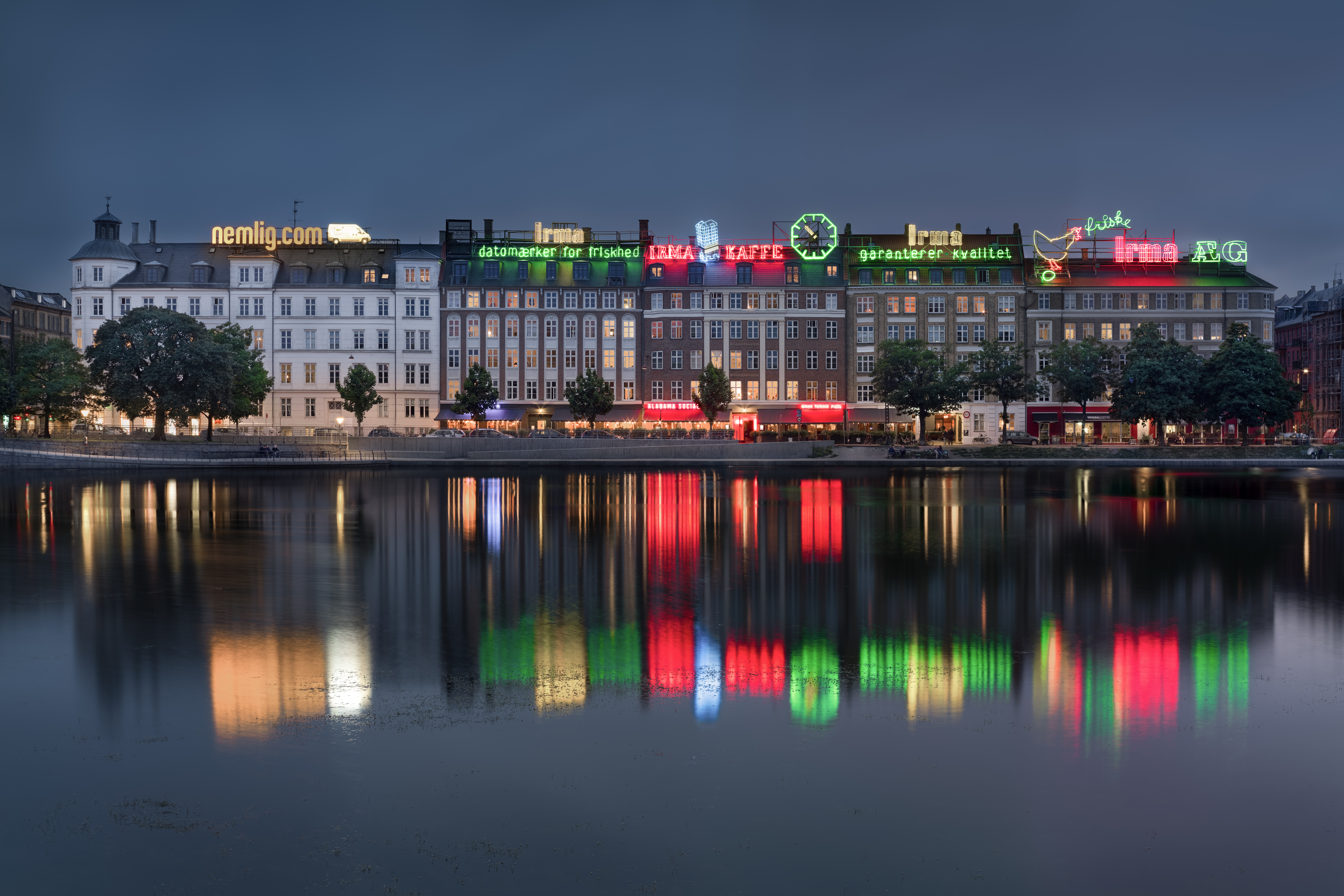
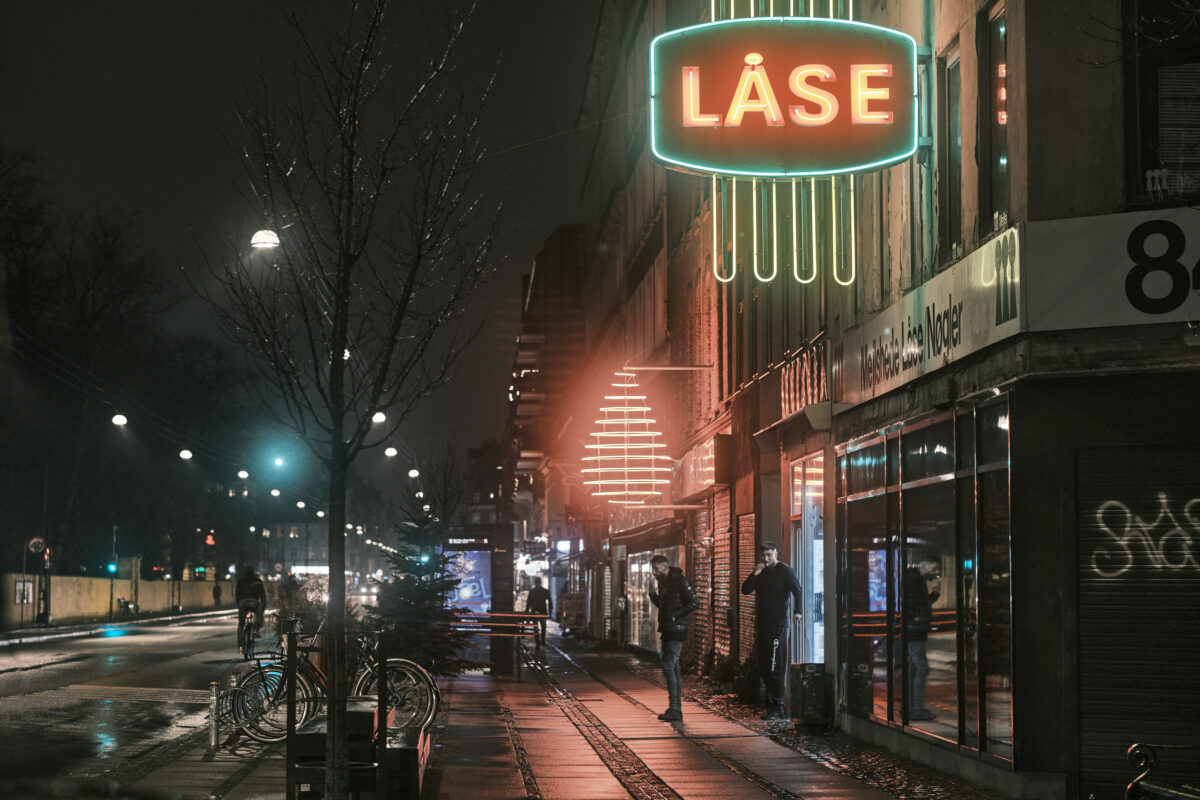
X-Trans 4
The last X-Trans sensor (for now), found in Fujifilm X-T3, X-T4, X-T30, X-E4, X-Pro3, X100V, X-S10 etc. I tried to find a photo in my collection that shows the X-Trans 4 colors in a good way, but couldn’t, so no photos.
Pros:
- Auto focus now got even better than the DSLR counterparts it was competing against for years. Object tracking works great and fast moving subjects is no problem.
- 26 megapixels, 2 megapixels more than past sensors, I can not tell the difference, but still an upgrade.
Cons:
- Even more flat and boring colors than the X-Trans 3 sensor.
- Some tests imply it performs slightly worse than X-Trans 3 in high iso performance. Haven’t noticed it myself tough.
- The sensor sometimes performs very poorly in Lightroom, shadow recovery and sharpness is poor. If you run into the problem try Capture One.
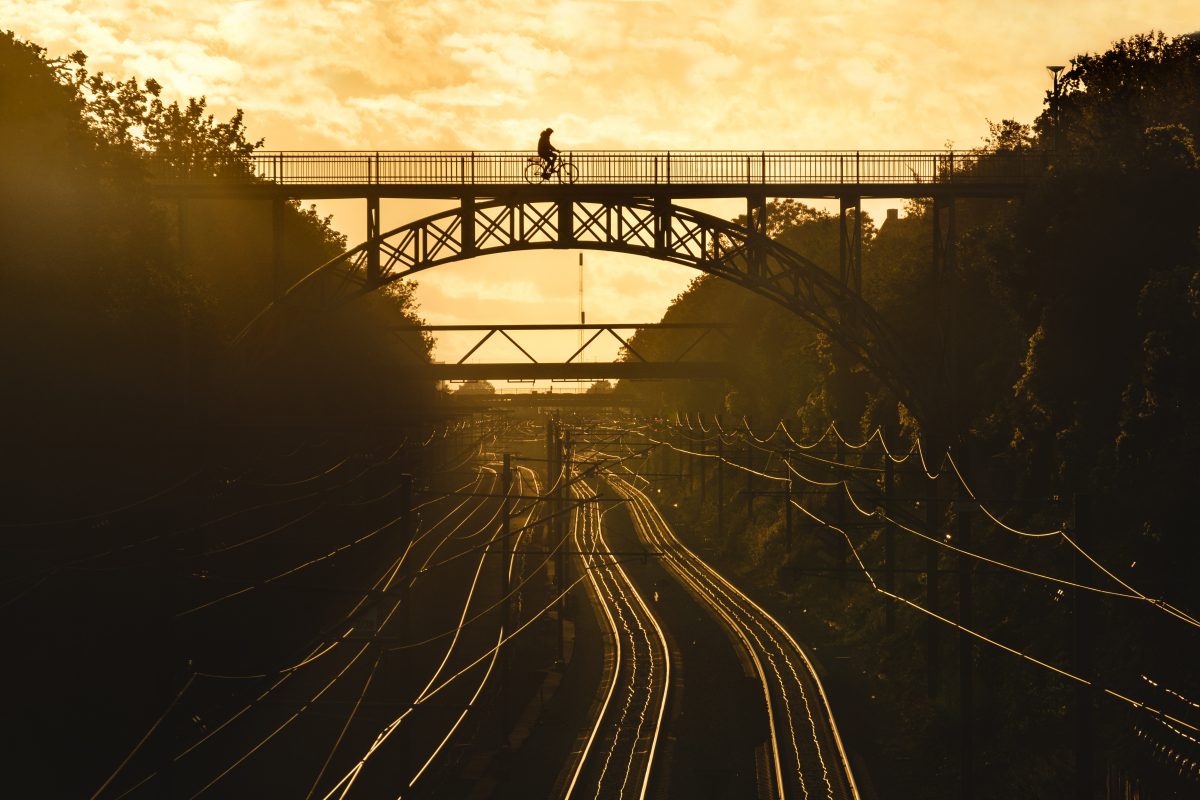
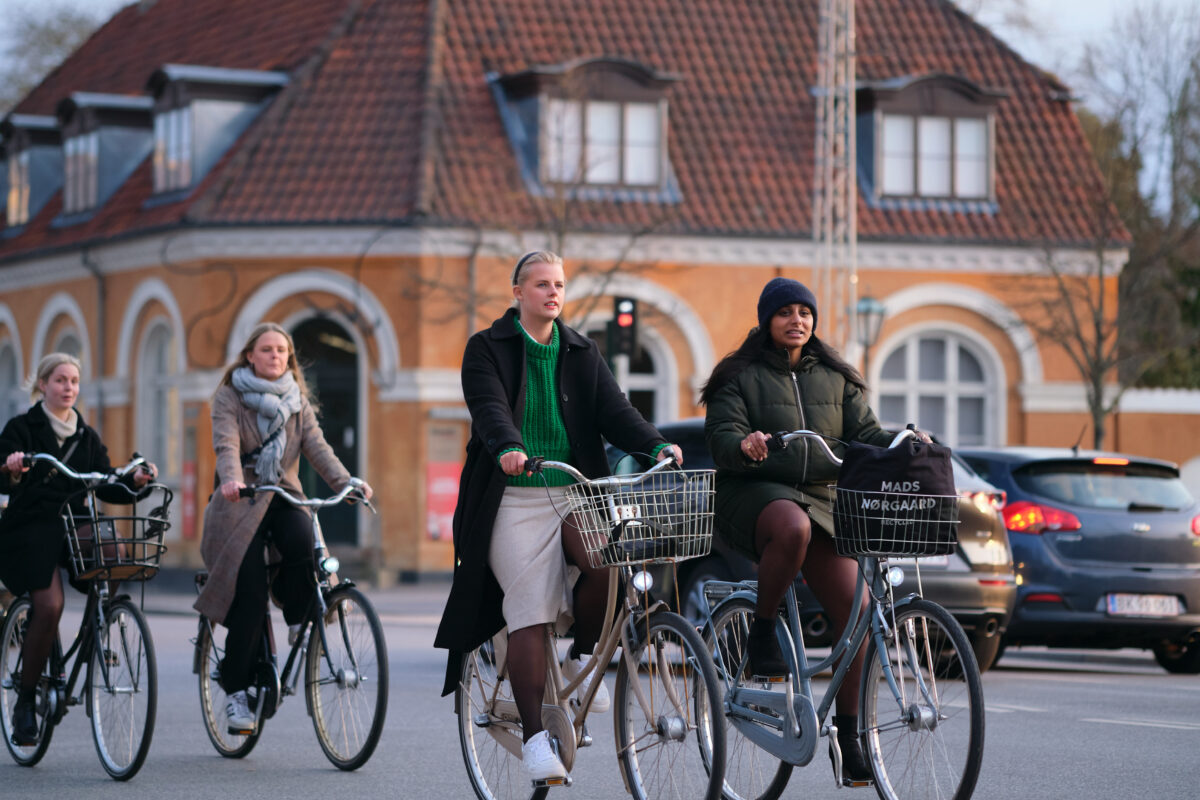
Conclusion
I really love X-Trans 2 for it’s colors for day time photography, I love the X-Trans 3 for night photography, and I love the snappy auto focus from X-Trans 4. For me the camera choices are Fujifilm X-E2 / X-T10, Fujifilm X-H1 and Fujifilm X-T3.
If you are curious about the old sensors, I recommend you to check out my raw file sample page where you can download raw files from most of these sensors.
Update 1: I only tried X-Trans 5 sensor cameras for a short time and they do seem to produce the same kind of colors as X-Trans 4. Also if you are wondering about Fujifilm GFX, I wrote a blog post about trying Fujifilm GFX 50S II and to me the colors are worse than any of the X-Trans aps-c sensors, and the colors reminds me more of the budget Bayer-sensor aps-c sensor cameras from Fujifilm.
Update 2: Prices have gone up quite a lot for X-Trans 1 + 2 sensor cameras, probably because people are realizing that there is something about those sensors.
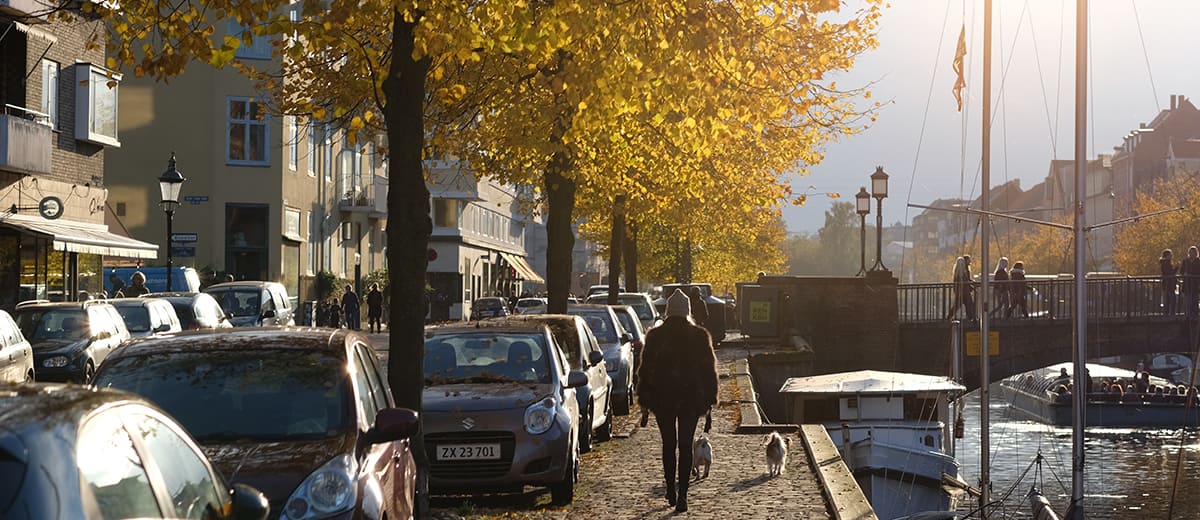
Hey – thanks a lot for this post! exactly what I was looking for.
I have a x-pro2 and a x70 – and the colors of the x-70 are way better in daylight!
so I think I go for a x-t10 instead of a x-t3!
love my x-e2 but there’s a dark spot on the sensor and I can’t get rid of it by cleaning the sensor ;-(
Yes I agree. The X-T10 is also my favorite, not the most sex camera in the X-series, but a good combination of the great sensor, small size, the very useful flipscreen, and can often be found very cheap used.